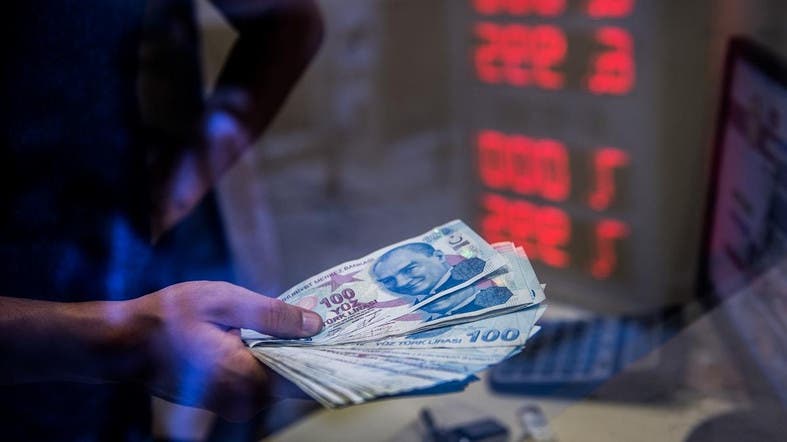Turkish growth outlook worsens as industrial output falls in June

Reuters
Turkish industrial production fell for the 10th consecutive month in June, data showed on Friday, offering few signs of a pick-up in economic growth as domestic demand remains weak after last year's currency crisis.
Industrial output began to decline after the currency slump which saw the lira lose nearly 30 percent against the dollar and tipped the economy into recession in the last quarter of 2018 and first quarter of this year. Second quarter GDP figures are released on Sept 2.
Industrial production on a calendar-adjusted basis contracted 3.9 percent year-on-year in June, the Turkish Statistical Institute said, more than had been expected, and three percent in the second quarter of 2019 as a whole.
In a Reuters poll, the calendar-adjusted industrial output figure had been forecast to fall 1.01 percent year-on-year. Month-on-month, industrial production was down 3.7 percent in June on a calendar and seasonally adjusted basis, the statistical institute said.
Industrial production, which remains low due to weak domestic demand, was dragged down further in June by a week-long public holiday at the end of the Muslim fasting month of Ramadan, said Hilmi Yavas, economist at Yatirim Finansman.
“Due to the strength of exports, industrial production was balanced to a certain extent in the first half of the year but we are seeing that foreign demand is not sufficient anymore,” he said.
“There is already a significant slowdown in the industry sector abroad and views are increasing that this is slowly starting to affect us,” he added.
The manufacturing industry index fell 4.2 percent month-on-month, while the mining and quarry sector index rose 2.4 percent. The recent industrial production data has been volatile and economists tend to look at the wider trend by looking at the average of several months.
Turkey's PMI index rose to an 11-month high in June due to a smaller slowdown in output and new orders, according to a business survey, which also showed manufacturing activity had contracted for the 15th month in a row.
The contraction in industrial production showed that growth in the second half of the year will be weak, Yavas said, adding that weak domestic demand could improve if banks' loan volume increases.
“Things depends on whether the monetary transmission mechanism will work,” he said, adding that last month's sharp interest rate reduction by the Central Bank and falling deposit interest rates support the idea that credit volume will grow.
Latest News
 Security Council to vote Thursday on Palestinian state UN membership
Security Council to vote Thursday on Palestinian state UN membership Dubai reels from floods chaos after record rains
Dubai reels from floods chaos after record rains Khasawneh, Saudi Shura Council speaker discuss bilateral ties, regional developments
Khasawneh, Saudi Shura Council speaker discuss bilateral ties, regional developments Egyptian Foreign Minister condemns potential Palestinian displacement as 'war crime'
Egyptian Foreign Minister condemns potential Palestinian displacement as 'war crime' Travelers from Jordan advised to confirm flights amid Gulf weather turmoil
Travelers from Jordan advised to confirm flights amid Gulf weather turmoil
Most Read Articles
- King, Bahrain monarch stress need to maintain Arab coordination
- Dubai reels from floods chaos after record rains
- Security Council to vote Thursday on Palestinian state UN membership
- Khasawneh, Saudi Shura Council speaker discuss bilateral ties, regional developments
- Tesla asks shareholders to reapprove huge Musk pay deal
- Jordan will take down any projectiles threatening its people, sovereignty — Safadi
- Hizbollah says struck Israel base in retaliation for fighters' killing
- Princess Basma checks on patients receiving treatments
- Knights of Change launches nationwide blood donation campaign for Gaza
- The mystery of US interest rates - By The mystery of US interest rates, The Jordan Times